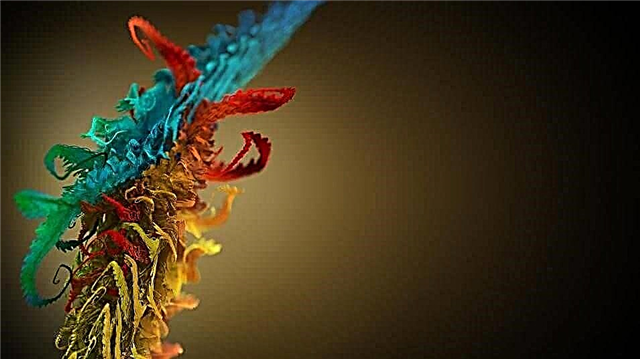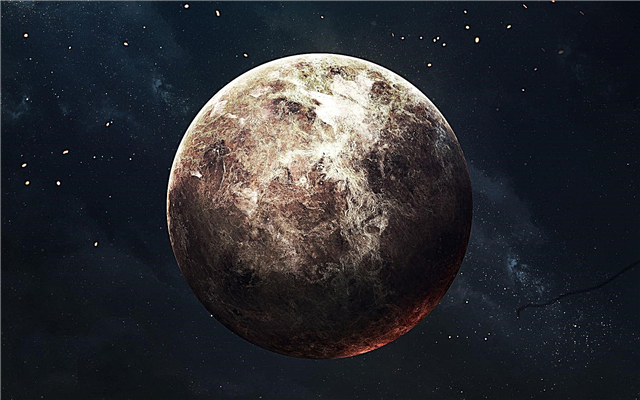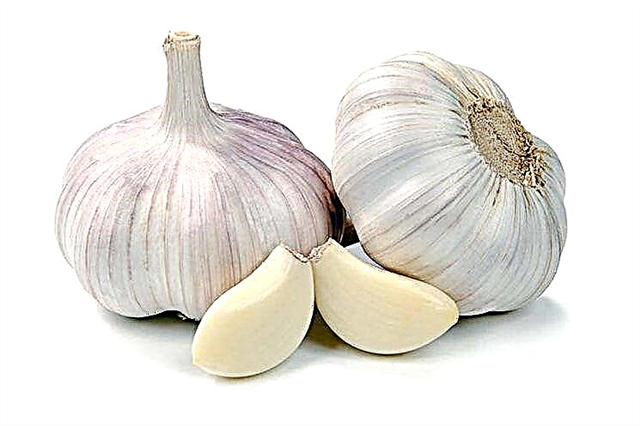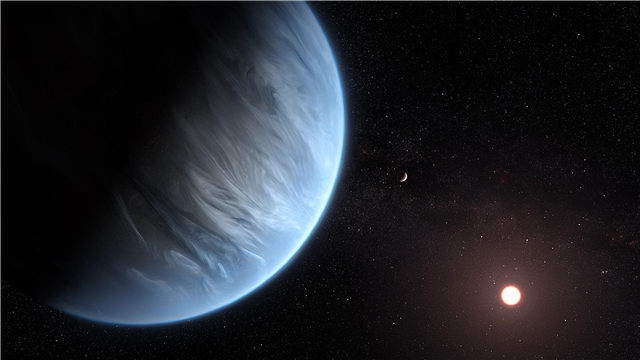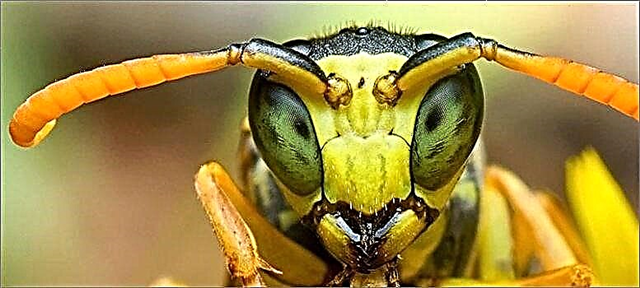
Although starfish have bright colors and innocuous appearance, you should not be fooled by this.
Starfish predators
Many of them are predators that feed on mollusks, crustaceans and sea urchins. And in a very original way. Having blocked the mollusk with the help of processes, they turn their stomach inside the shell through the mouth opening and digest the prey in place.
Like other echinoderms, the carapace of the star consists of calcium plates interconnected by muscle fibers. Stars are masters of regeneration. Unlike an earthworm, cut in half, which does not actually regenerate, but dies slowly, a star is able to work miracles. The missing process grows to normal length in just a few weeks. And the lost piece on top of the stump has four new small processes that develop into a full-fledged new star. This system is so effective that some types of starfish use it for non-sexual reproduction.
Of all the types of Mediterranean stars, the red star (Echinaster sepositus) is considered the champion in restoring missing body parts, which happens not only with the classic five, but even with eight rays.
Spiny Starfish (Marthasterias glacialis)

A spiny starfish or a marysteria is an inhabitant of the Old World. You can find it only on the European coast of the Atlantic and in the seas adjacent to the ocean.This is a large starfish, usually growing up to forty centimeters, although it can reach seventy centimeters, with a small central disk and five thin, narrowing towards the end of the rays. On each ray there are three rows of conical whitish spines, often with purple tips.
The color of the marssteria can be brown or greenish-gray with yellow, red or purple tips of the rays. This echinoderm is widespread from Iceland to South Africa. Like many other stars, it is a predator. It feeds mainly on mollusks and other invertebrates.
Small Spiny Star (Coscinasterias tenuispina)

Sometimes it is also called a blue prickly star or a white star. The background color is creamy with a bluish tint, on which brown spots are scattered. This star has departed from the five-ray tradition and has from 6 to 12 rays. Most often seven. It can grow up to 20 cm, but, as a rule, 10. It lives in the shallow waters of the Atlantic Ocean and the Mediterranean Sea, not dropping below 50 meters. A star is a predator that eats, like its larger sister, echinoderms and bivalves.
Seven-ray starfish (Luidia ciliaris)

The seven-ray star has an orange-brown color, a small central disk and seven rays of almost the same width along the entire length, slightly tapering to the ends. Along the edges of the rays a fringe of white spikes. Distributed from Norway to Cape Verde, it can also be found in the Mediterranean Sea. It lives on the seabed at a depth of four hundred meters.
It is a predator that feeds on other echinoderms, such as ophiurs and sea urchins.This animal moves very fast compared to other stars. She raises herself at the tips of the rays, moving in such a position when hunting prey. The star is attacking from above. And it can even catch echinoderms, which are much larger than its mouth opening. In case of need, a star can “tear” its mouth to swallow a large piece. In this way, she eats ophiur with a diameter of 25 cm.
Red Star (Echinaster sepositus)

The color of the red star is not quite red. Rather, it is orange-red. Although it usually grows up to twenty centimeters, its central disk is small. The surface is dotted with small spines.
Starfish look very beautiful while they are in the water. Taken out of the water, they, dying, lose their colors, turning into gray calcareous skeletons. If you want to take real beauty with you, it is better to get a waterproof camera!



